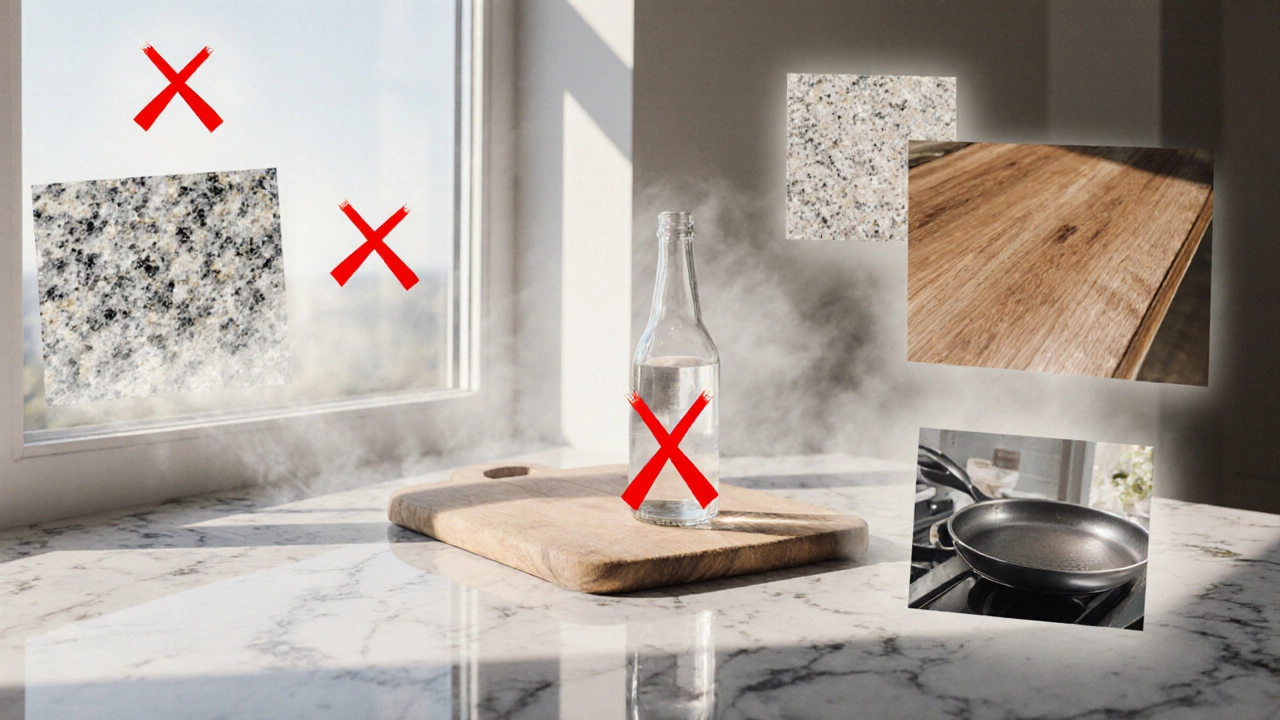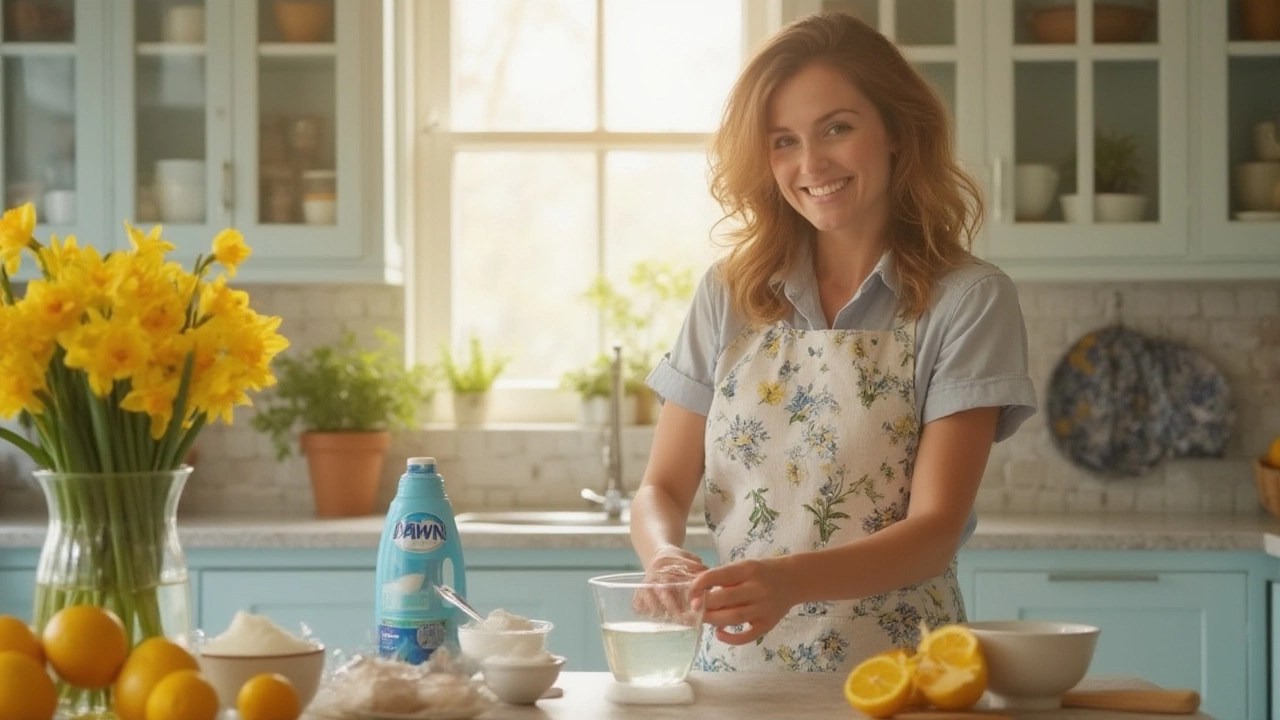Vinegar Cleaning: Simple Hacks for a Fresh Home
Vinegar is cheap, safe, and surprisingly powerful. A few cups mixed with water can replace many expensive cleaners. Below you’ll find the most useful tricks, so you can start cleaning smarter right now.
Everyday Rooms Made Easy with Vinegar
Kitchen counters and stovetops: Spray a 1:1 mix of white vinegar and water. Wipe with a clean cloth and the grease disappears. For stubborn burnt spots, let the solution sit a few minutes before scrubbing.
Microwave: Fill a microwave‑safe bowl with equal parts water and vinegar. Heat for two minutes, then wipe the interior. The steam loosens food splatters and removes odors.
Bathroom tiles and fixtures: Mix one part vinegar with two parts water in a spray bottle. Spray onto tiles, let it bubble for a minute, then rinse. The lime scale melts away without harsh chemicals.
Shower doors: Spray undiluted vinegar on glass, let it sit for five minutes, then wipe with a squeegee. Streaks vanish and the glass looks new.
Floors: Add a half cup of vinegar to a bucket of warm water. Mop hardwood, laminate, or tile floors for a shine that isn’t slippery.
Windows: Combine one cup vinegar with two cups water in a spray bottle. Spray on glass, wipe with a microfiber cloth, and enjoy streak‑free panes.
Laundry: Add half a cup of vinegar to the rinse cycle. It softens fabrics, cuts static, and neutralizes odors without leaving a smell.
Pet stains: Blot the area, then spray a solution of one part vinegar to two parts water. Let it sit, blot again, and the smell fades.
Upholstery: Test a hidden spot first. Lightly mist with diluted vinegar, then blot with a clean towel. This can lift fresh spills without damaging fabric.
Safety & Best Practices
Never mix vinegar with bleach; the combination creates toxic fumes. Stick to white distilled vinegar for cleaning; apple cider vinegar may leave a scent.
Use a spray bottle for easy application, and label it so you don’t confuse it with regular cleaners. Keep the bottle out of reach of children and pets.
If you have stone surfaces like marble or granite, avoid vinegar. The acid can etch the stone and cause damage.
For tough grime, warm the vinegar slightly (not hot) before mixing. Warm liquid works faster, but never pour boiling vinegar on surfaces.
Finally, store vinegar in a cool, dark place. It stays effective for years, so you’ll always have a reliable cleaning ally on hand.
With these tricks, you can clean almost every part of your home using one simple ingredient. Save money, reduce chemicals, and enjoy a fresher living space—all thanks to vinegar.

Surfaces You Should Never Clean With Vinegar - Risks & Safe Alternatives
Learn which surfaces can be damaged by vinegar, why the acid reacts, and safe alternatives for stone, wood, metal, painted walls, screens and more.
Read More
Cleaning Hacks: How to Use Vinegar, Dawn, and Baking Soda for a Spotless Home
Discover how to easily clean your home using vinegar, Dawn, and baking soda. Learn smart, science-based hacks to remove stains, odors, and grime without harsh chemicals.
Read More